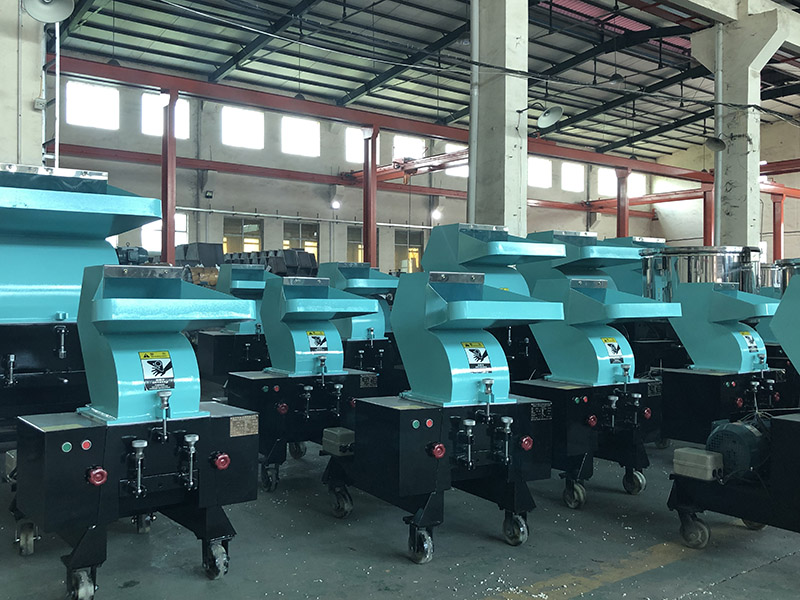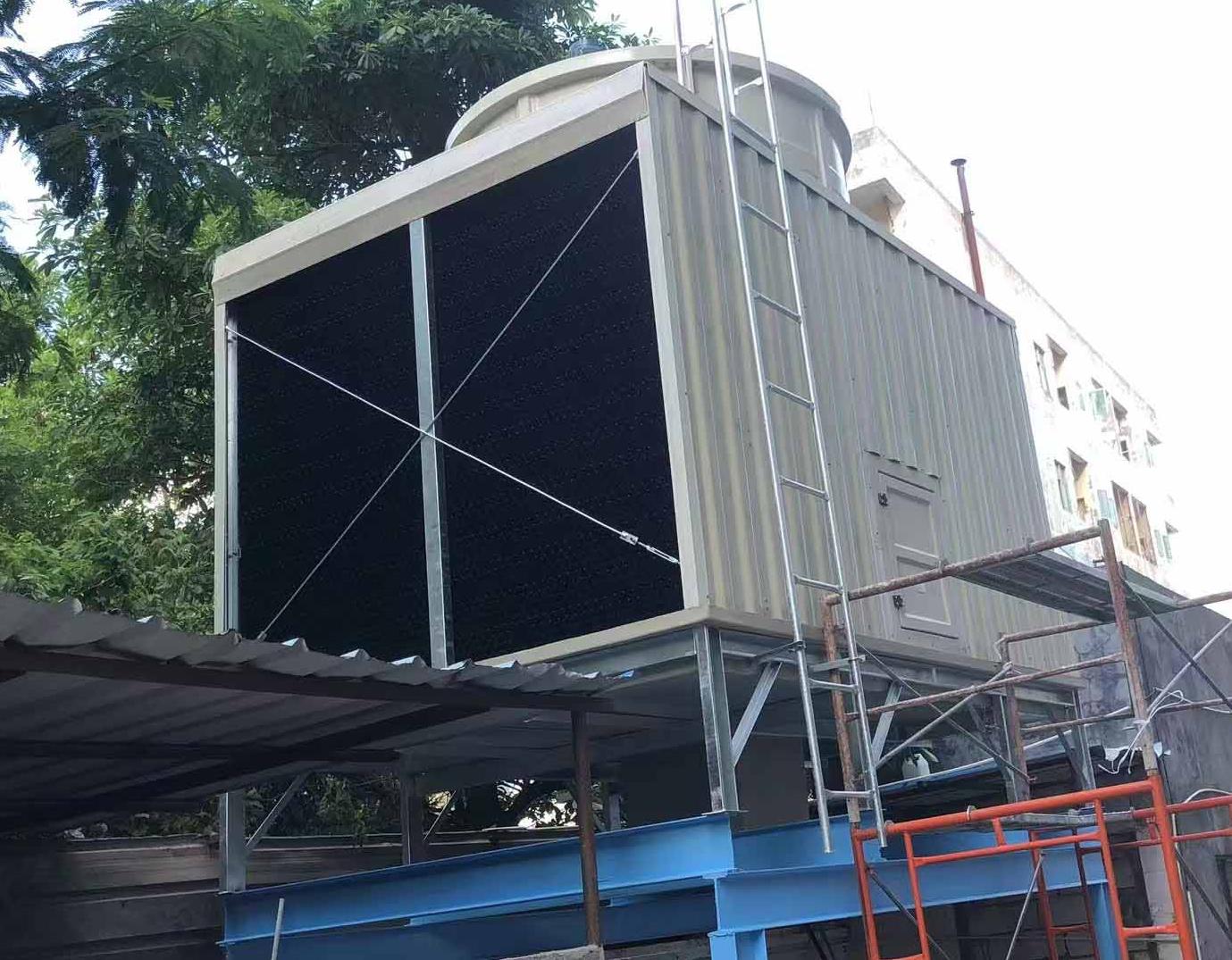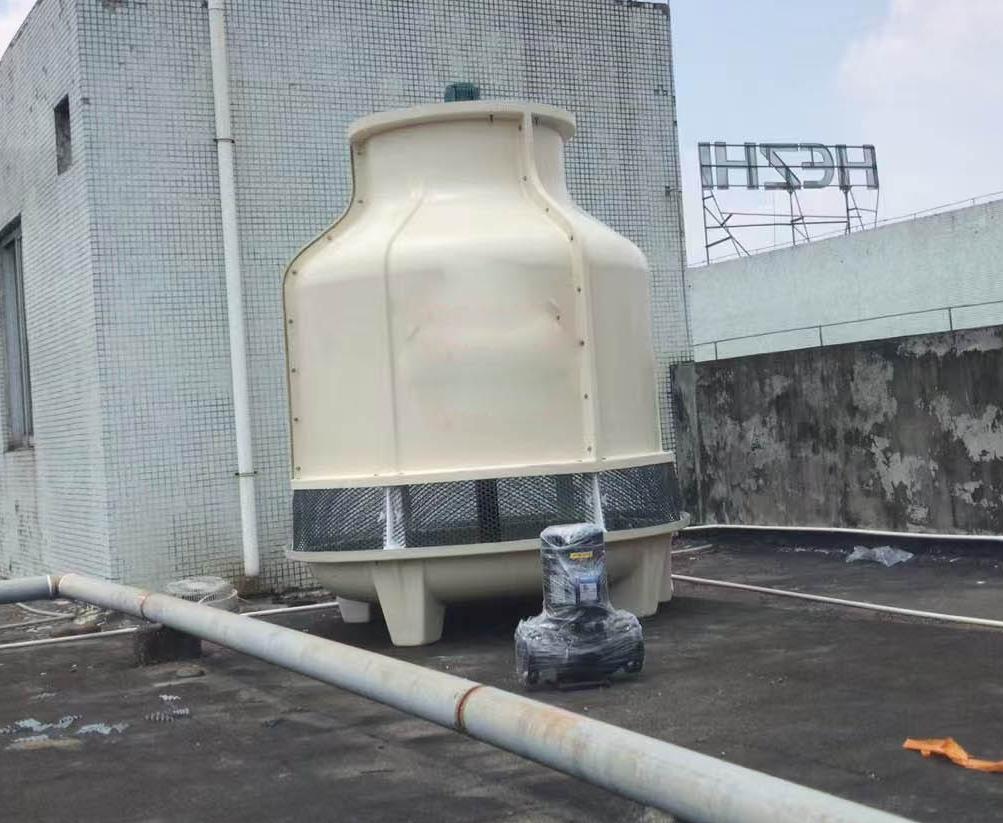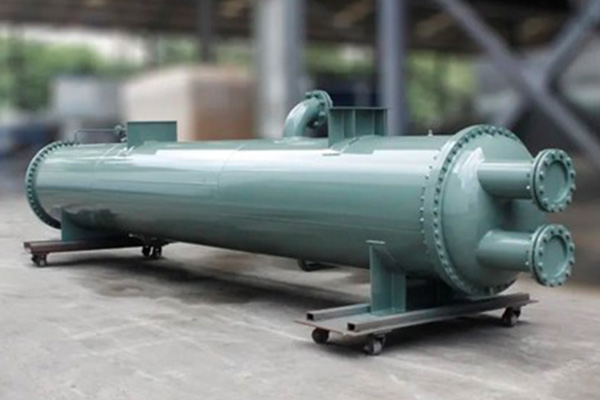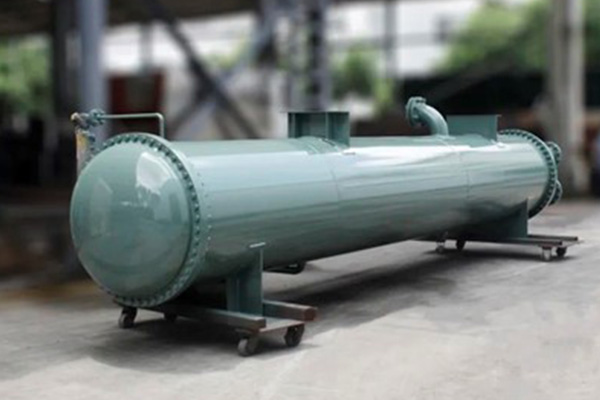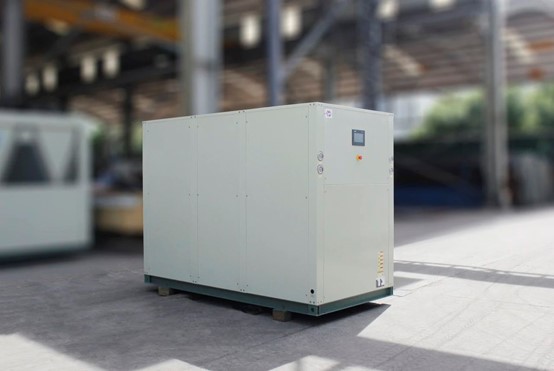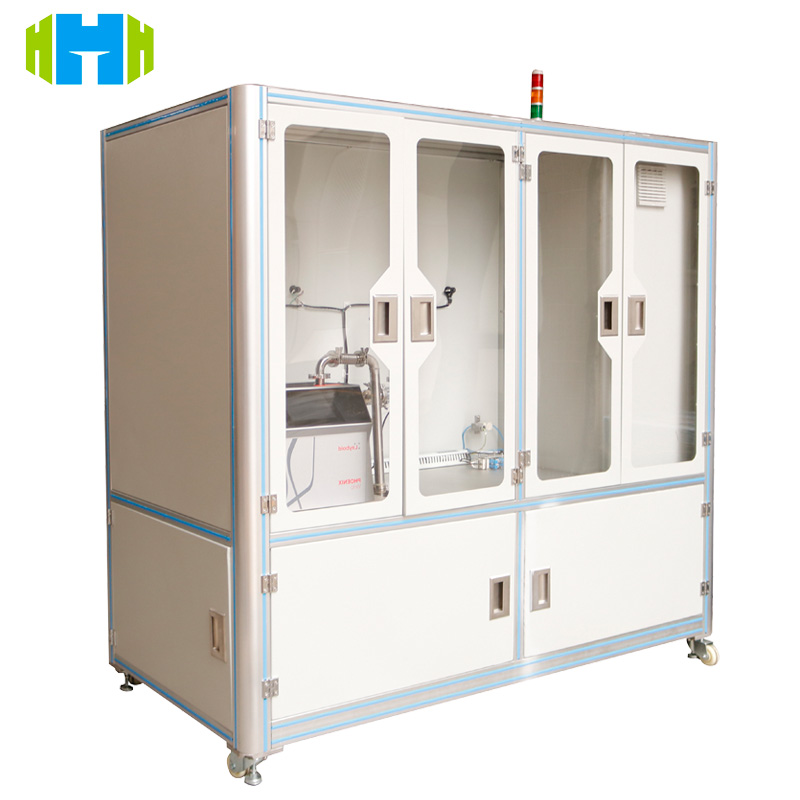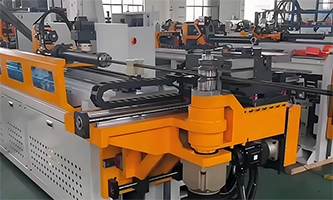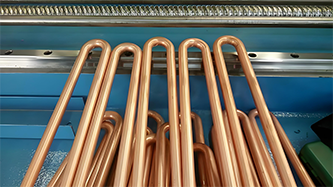In the booming development of the plastics industry, plastic mixers, as crucial equipment, are witnessing a wave of technological innovation.
Recently, a new type of plastic powder mixing equipment has emerged. It is equipped with an advanced dust collection device and an efficient mixing system, successfully solving the long-standing problem of dust pollution during the plastic powder mixing process and realizing dust-free production operations. This not only significantly improves production efficiency but also ensures the health of operators. Moreover, it lays a solid foundation for producing high-quality and stable plastic products, effectively reducing production costs and making enterprises more competitive in the market.
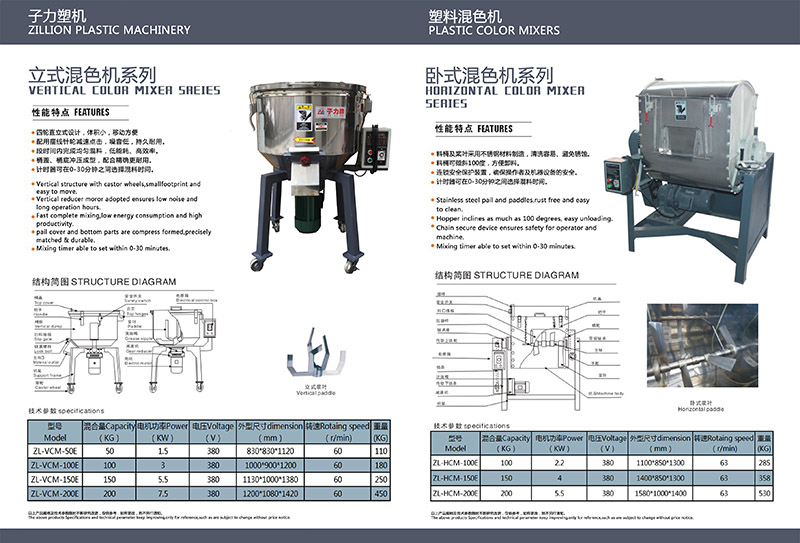
Another mixer with a material screening function has attracted wide attention. Its unique design lies in the built-in material screening mechanism. Through the ingenious combination of the filter plate and the stirring rod, it can perform fine processing on particles and achieve secondary mixing when mixing materials, ensuring a higher level of uniformity and fineness of material mixing and greatly improving the mixing efficiency. This innovative design shows broad application prospects in multiple industries, including the plastics industry, and is expected to drive significant changes in the plastic mixing process.
In addition, a mixing and stirring device for plastic raw materials has also caused a stir in the industry. Its innovative feeding design features multiple built-in feeding ports, ensuring that raw materials can enter the mixing area evenly, thus greatly shortening the stirring time, improving the mixing effect, increasing production capacity, and also significantly enhancing the convenience and safety of operation.
These innovative achievements indicate that the plastic mixer industry is making great strides towards high efficiency, environmental friendliness, and intelligence. Looking ahead, with the continuous progress of science and technology and the continuous investment in technological research and development, the plastic mixer industry will surely welcome more innovative achievements, providing stronger support for the sustainable development of the plastics industry. As participants in the plastics industry, we should closely follow the development trends of these new technologies, actively learn and draw lessons from them, and continuously improve our own technical strength and innovation capabilities to jointly help the plastic mixer industry reach new heights.
